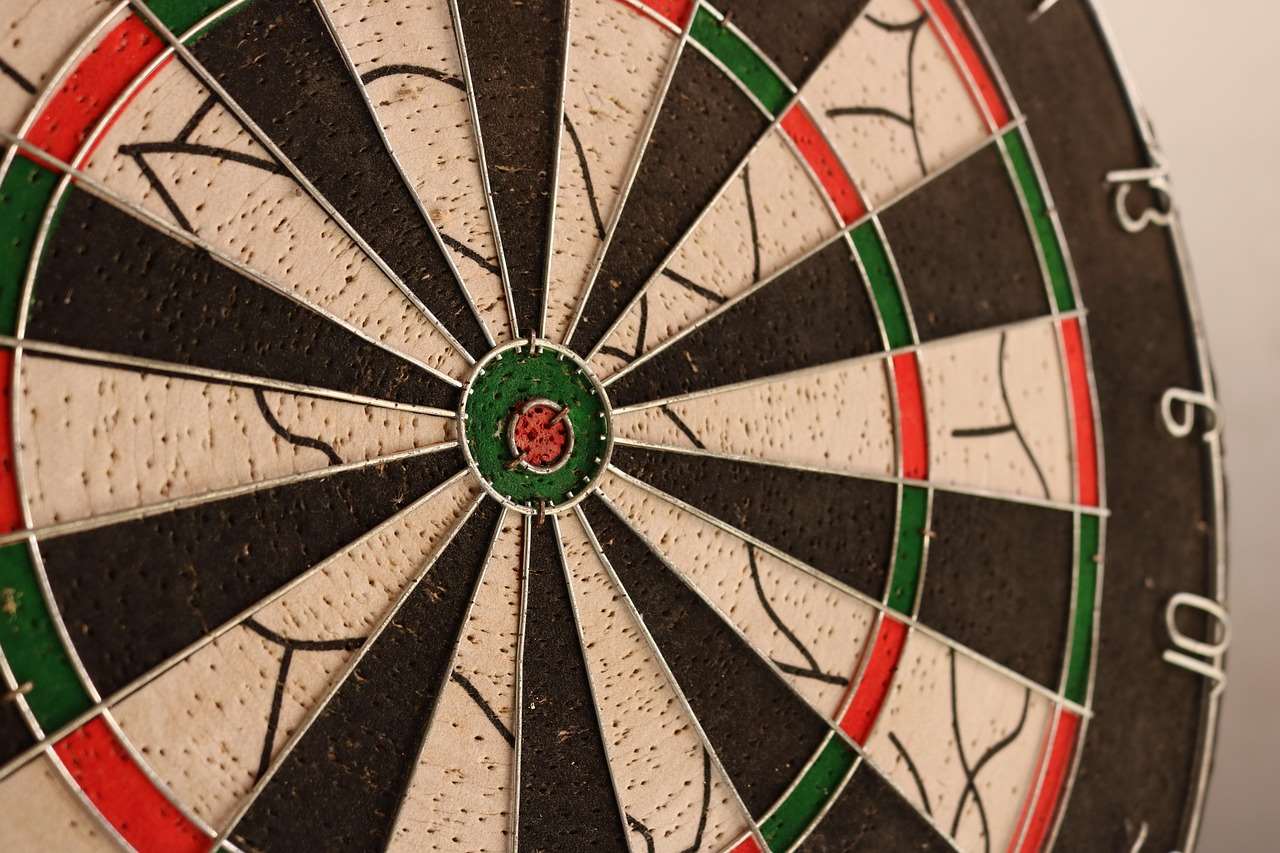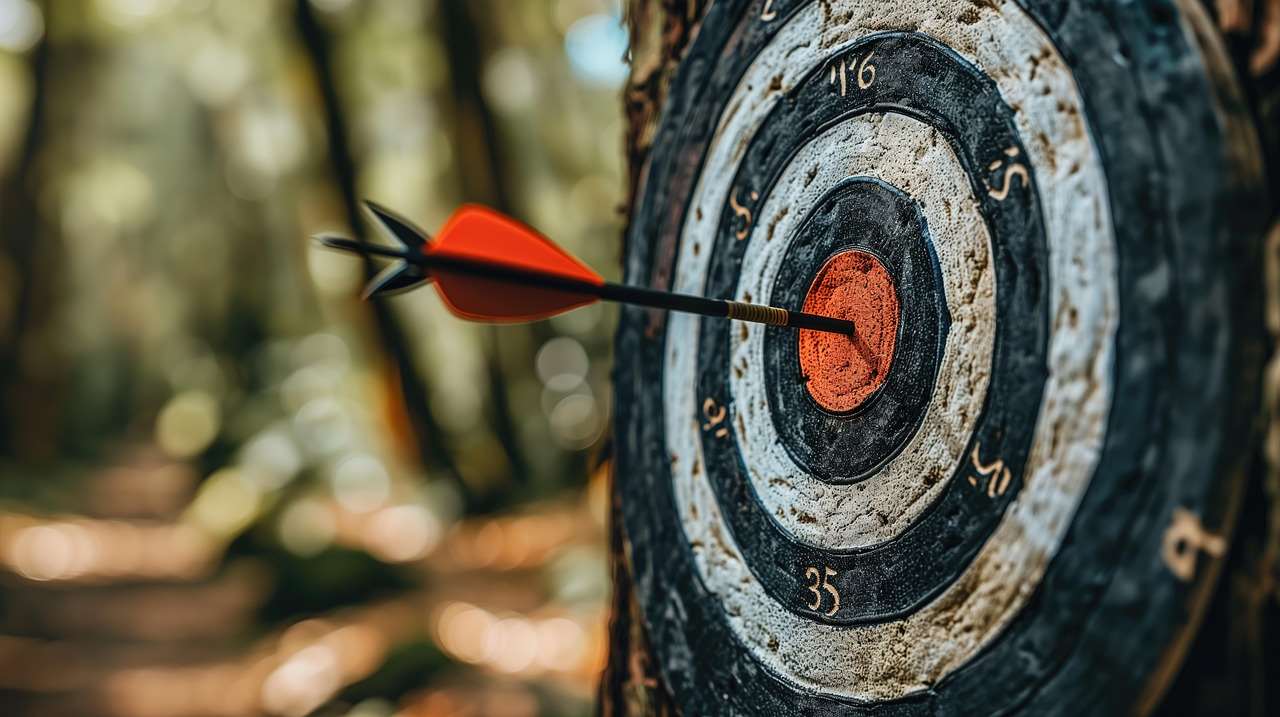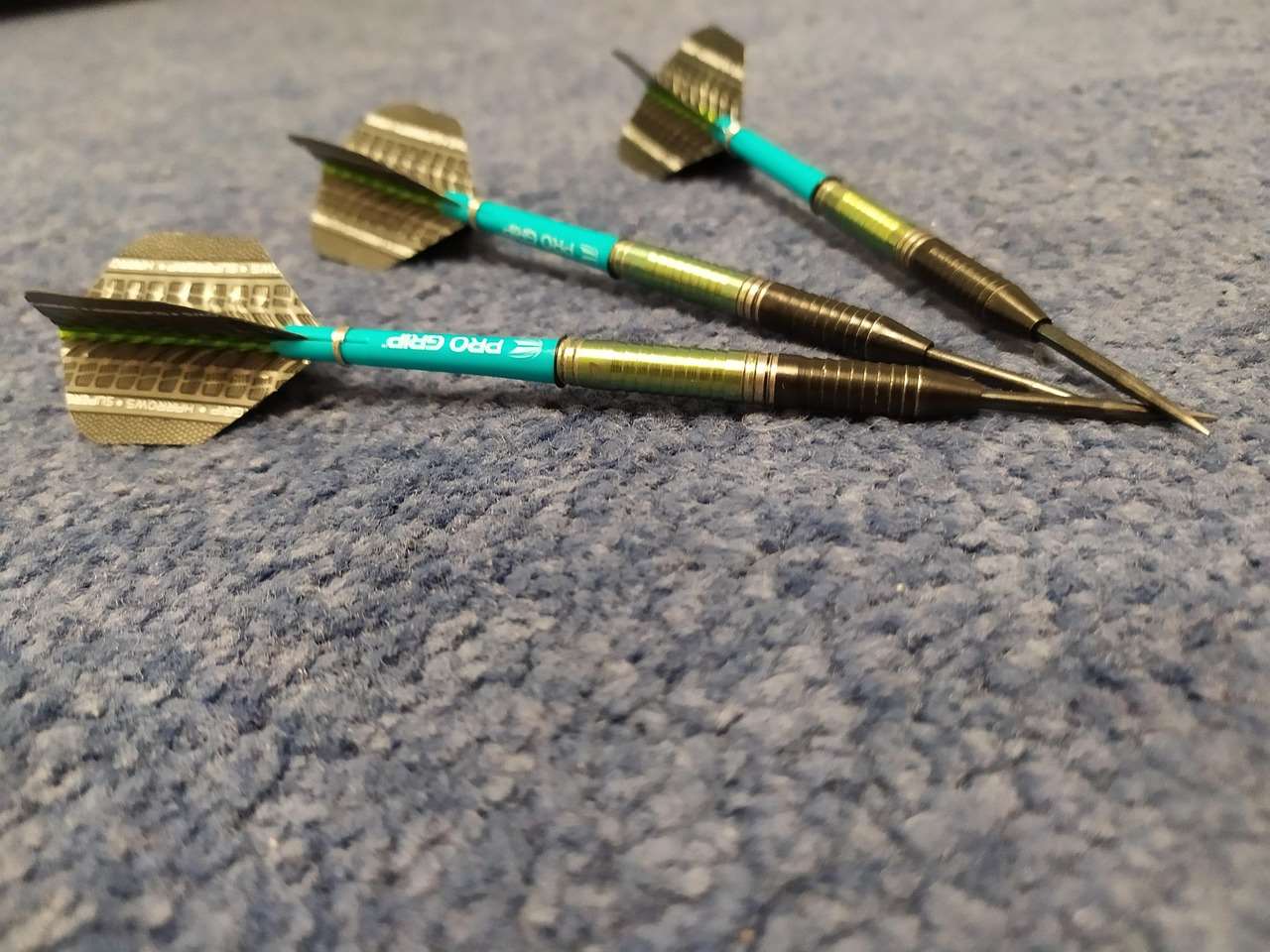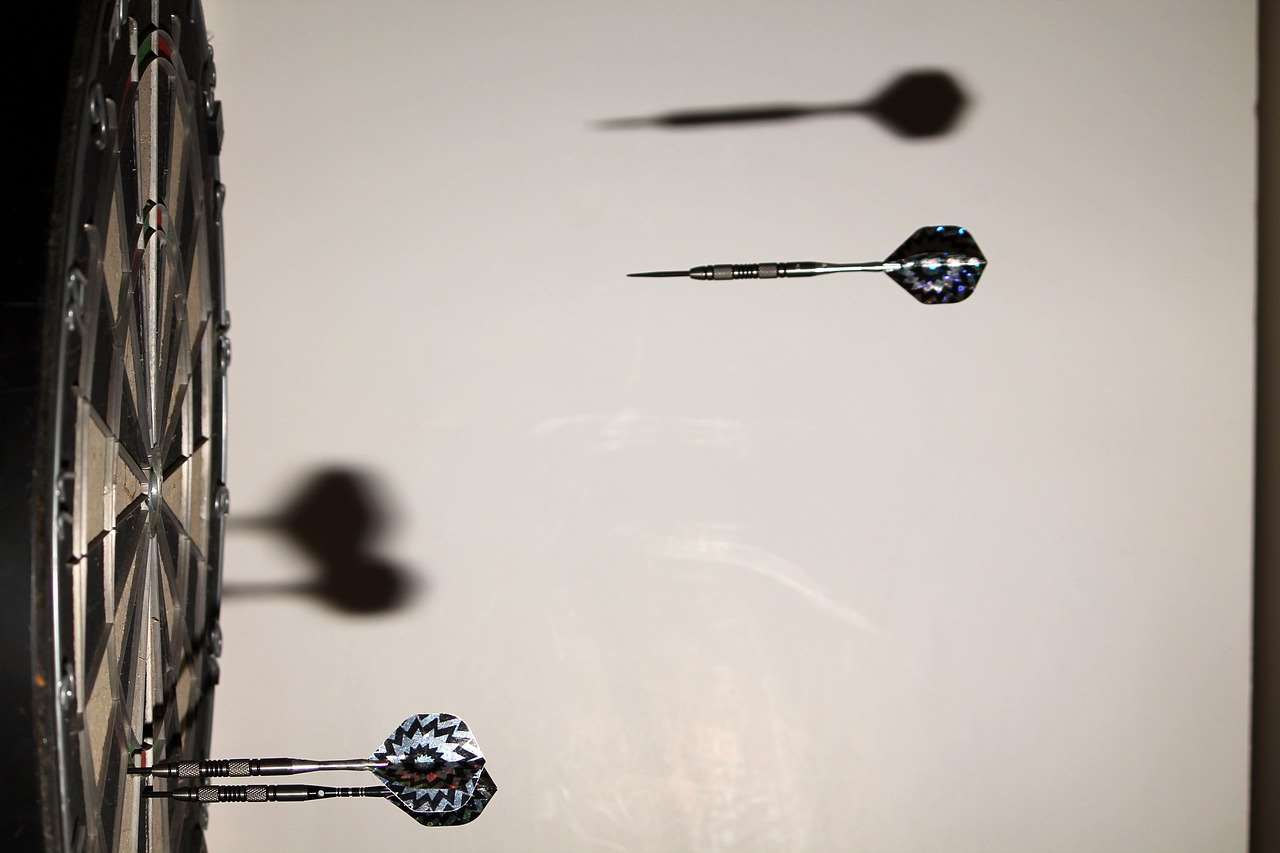Understanding the rule changes history PDC WDF is crucial for any serious darts enthusiast, as these regulations shape the competitive landscape and influence playing strategies. This article explores the evolution of dart rules within both the Professional Darts Corporation (PDC) and the World Darts Federation (WDF), highlighting key changes and their impact on the sport.
⚠️ Still Using Pen & Paper (or a Chalkboard)?! ⚠️
Step into the future! The Dart Counter App handles all the scoring, suggests checkouts, and tracks your stats automatically. It's easier than you think!
Try the Smart Dart Counter App FREE!Ready for an upgrade? Click above!
Understanding the Divergence: A Look at Rule Changes History PDC WDF
The world of professional darts is primarily governed by two major organizations: the PDC and the WDF. While both aim to promote and regulate the sport, their approaches and the evolution of their rules have diverged significantly over time. This divergence reflects different philosophies about the sport, competition formats, and player welfare. Understanding these differences in rule changes history PDC WDF is key to appreciating the current state of professional darts.
Initially, darts was largely under the umbrella of the British Darts Organisation (BDO), which was affiliated with the WDF. However, in the early 1990s, a group of players broke away to form what would become the PDC (originally the World Darts Council). This split was driven by dissatisfaction with the BDO’s management and a desire for greater commercial opportunities and higher prize money. The separation led to a parallel existence, with each organization developing its own distinct set of rules and regulations, although the core gameplay remained consistent. We have a discussion about Basic Darts Fundamentals for Beginners on our site.

Early PDC Innovations: Commercialization and Player Focus
The PDC, from its inception, focused heavily on commercialization and player welfare. This manifested in several early rule changes designed to make the sport more appealing to television audiences and sponsors. For example, the PDC was quick to adopt walk-on music for players, creating a more theatrical and engaging atmosphere. They also experimented with different tournament formats, such as shorter legs and sets, to increase the pace of play and maintain viewer interest.
- Shorter Formats: The adoption of best-of-sets matches, often with shorter legs, became a hallmark of PDC events. This contrasted with the longer, more traditional matches seen in the BDO/WDF.
- Enhanced Presentation: The PDC invested heavily in television production, using multiple camera angles, graphics, and commentary to enhance the viewing experience.
- Player Representation: The PDC prioritized player representation and negotiation with broadcasters, ensuring that players had a stronger voice in the sport’s development.
WDF’s Traditional Approach: Maintaining Amateur Roots
In contrast, the WDF maintained a more traditional approach, emphasizing the amateur roots of the sport and its global reach. While they also made adjustments to rules over time, they generally favored incremental changes that preserved the core values of darts. The WDF focused on promoting the sport at the grassroots level, supporting national federations, and organizing international competitions, including the World Cup. You might find it useful to read about Adapting darts rules for beginners.
Key Areas of Divergence in Darts Regulations
Examining specific areas reveals more about the rule changes history PDC WDF. While the fundamental rules of darts – such as the scoring system and the dimensions of the dartboard – remain largely consistent across both organizations, significant differences exist in areas such as tournament formats, player eligibility, and disciplinary procedures. Here’s a breakdown of some key areas:
Tournament Formats and Structures
One of the most noticeable differences lies in the structure of tournaments. The PDC’s focus on television-friendly formats has led to a preference for shorter matches and more frequent breaks. They have also introduced innovations such as the Grand Slam of Darts, which features players from both the PDC and the WDF, although primarily PDC.
The WDF, on the other hand, often employs longer formats, particularly in major championships. This can lead to matches that require greater stamina and mental fortitude, rewarding consistent performance over extended periods. Consider exploring Simplified 501 game rules for novice players if you’re new to this kind of event.
Player Eligibility and Qualification
The rules governing player eligibility and qualification for major tournaments also differ. The PDC generally operates a more closed system, with players needing to earn their place through ranking events and qualifying tournaments. The Q-School system is a crucial pathway for aspiring professionals to gain a tour card and compete regularly on the PDC circuit.
The WDF, with its emphasis on global participation, often provides opportunities for players from a wider range of countries to compete in major events. Qualification pathways may involve national championships and regional tournaments, ensuring that players from emerging darts nations have a chance to showcase their talent. One thing to remember is that different rules require you to be How to make darts fairer with handicap rules.

Disciplinary Procedures and Code of Conduct
Both the PDC and the WDF have established disciplinary procedures and codes of conduct to maintain the integrity of the sport and ensure fair play. However, the enforcement of these rules and the severity of penalties may vary. The PDC, with its higher profile and greater commercial stakes, tends to be more proactive in addressing issues such as match-fixing and unsportsmanlike behavior.
Dress Codes
While appearing minor, dress codes are an important way in which the PDC and WDF differ. The PDC is often stricter, enforcing uniformity to maintain a professional look. The WDF tends to be more relaxed in its regulations.
Impact of Rule Changes on Playing Styles and Strategies
The rule changes implemented by the PDC and the WDF have had a significant impact on playing styles and strategies. The PDC’s shorter formats, for example, have encouraged a more aggressive and attacking style of play, with players prioritizing high scores and quick finishes. The increased pressure to perform consistently in shorter matches has also led to a greater emphasis on mental toughness and composure.
In contrast, the WDF’s longer formats often reward a more patient and strategic approach. Players may focus on building a solid foundation and gradually wearing down their opponents over the course of a longer match. The ability to maintain focus and consistency over extended periods is crucial for success in WDF tournaments. These variations can be seen when fun dart game variations with modified rules are played.

The Future of Darts Governance: Convergence or Continued Divergence?
The question of whether the PDC and the WDF will eventually converge their rules and regulations remains a topic of debate within the darts community. While there have been occasional discussions about closer cooperation, significant differences in philosophy and priorities persist. The PDC’s focus on commercial success and player welfare contrasts with the WDF’s emphasis on grassroots development and global participation. This shows the rule changes history PDC WDF and how it has affected the sport.
One possible scenario is that the two organizations will continue to coexist, each catering to a different segment of the darts market. The PDC may remain the dominant force in professional darts, while the WDF focuses on promoting the sport at the amateur level and supporting emerging darts nations. Another possibility is that increased pressure from sponsors and broadcasters could eventually lead to a more unified governance structure, with standardized rules and regulations across the board.
Recent Developments and Potential for Collaboration
Despite the historical differences, there have been some recent developments that suggest a potential for greater collaboration. The emergence of new tournaments and leagues that feature players from both the PDC and the WDF has created opportunities for cross-promotion and increased exposure for the sport. Additionally, there is a growing recognition within both organizations that working together could benefit the long-term growth and sustainability of darts.

The Enduring Appeal of Darts: Adaptability and Inclusivity
Regardless of the future governance structure, the enduring appeal of darts lies in its adaptability and inclusivity. The sport can be enjoyed by people of all ages and abilities, regardless of their background or experience. The simple rules and accessible equipment make darts a popular pastime for casual players, while the complex strategies and intense competition at the professional level provide endless entertainment for fans.
The rule changes history PDC WDF has shaped the sport and the different styles of play it has. As we know, Creative dart rules for parties and social gatherings are always available to those looking to add more fun to their game.

Conclusion: Navigating the World of Darts Rules
Understanding the rule changes history PDC WDF provides valuable insight into the evolution of professional darts. From the early days of the BDO to the emergence of the PDC and the continued role of the WDF, the sport has undergone significant changes that have shaped playing styles, tournament formats, and the overall governance structure. While differences persist between the two organizations, the enduring appeal of darts lies in its adaptability and inclusivity, making it a beloved pastime for millions around the world. To continue exploring the world of darts, consider researching specific rule modifications or variations and how they impact gameplay. Start practicing and aim for that bullseye!
Hi, I’m Dieter, and I created Dartcounter (Dartcounterapp.com). My motivation wasn’t being a darts expert – quite the opposite! When I first started playing, I loved the game but found keeping accurate scores and tracking stats difficult and distracting.
I figured I couldn’t be the only one struggling with this. So, I decided to build a solution: an easy-to-use application that everyone, no matter their experience level, could use to manage scoring effortlessly.
My goal for Dartcounter was simple: let the app handle the numbers – the scoring, the averages, the stats, even checkout suggestions – so players could focus purely on their throw and enjoying the game. It began as a way to solve my own beginner’s problem, and I’m thrilled it has grown into a helpful tool for the wider darts community.